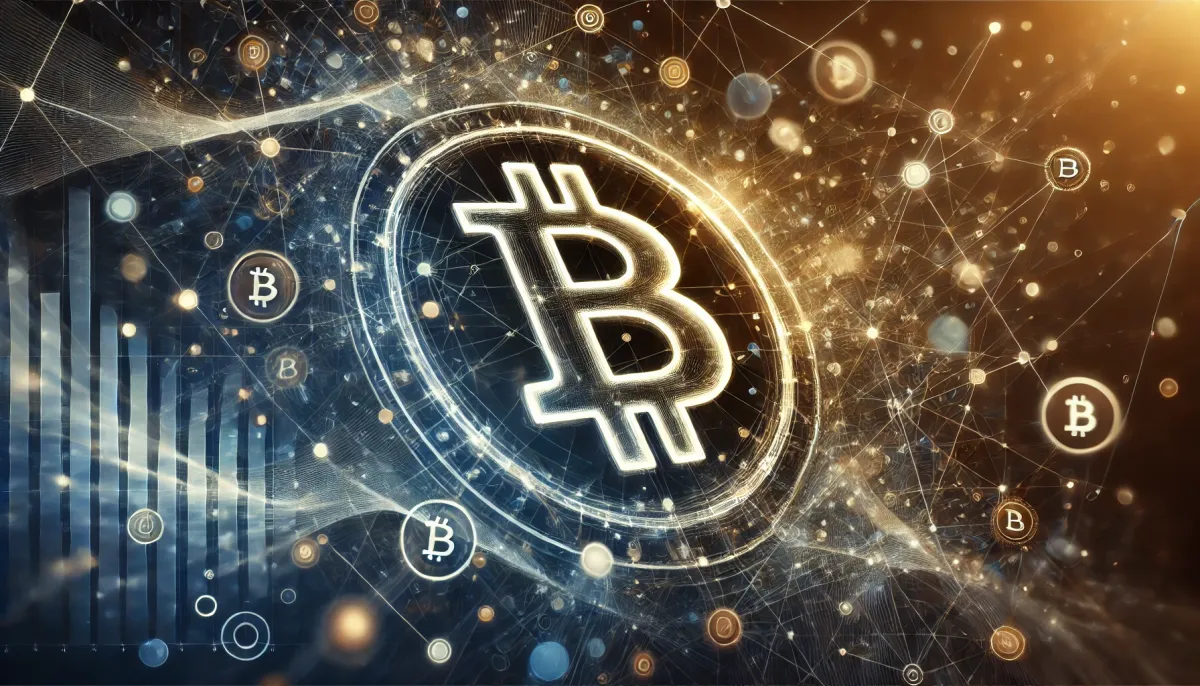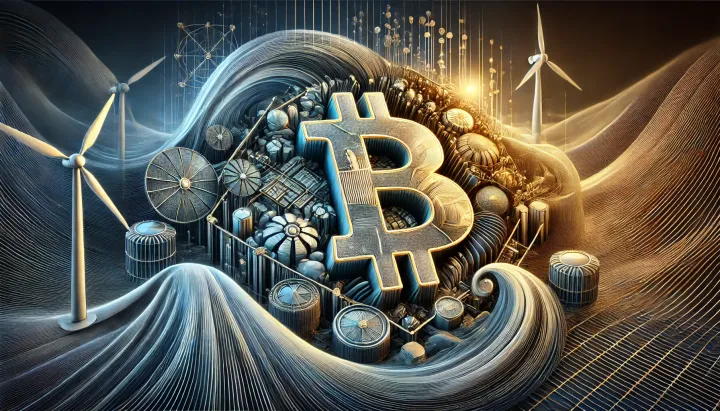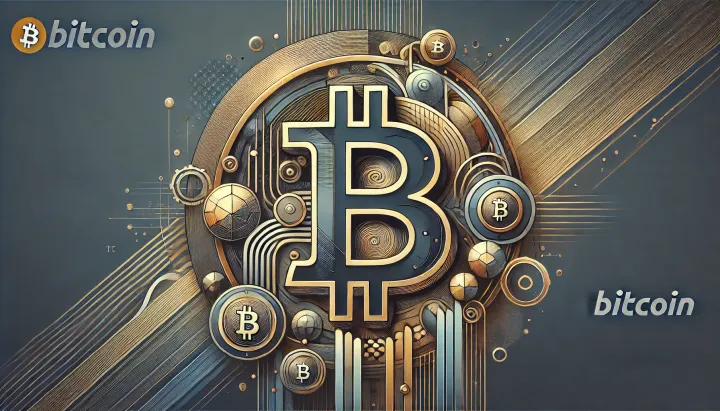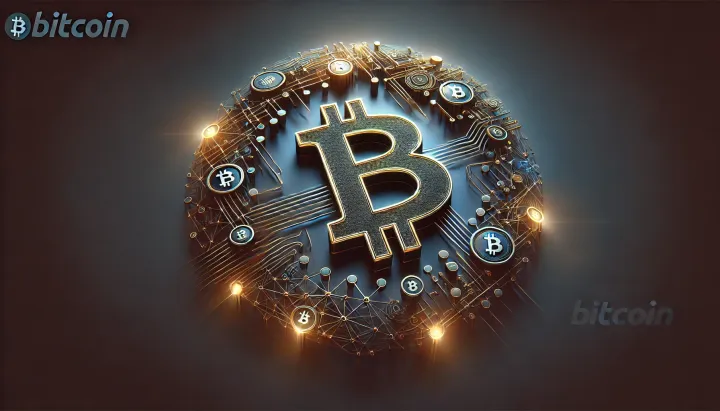Custody and Decentralization: Navigating Bitcoin’s Future
The April 9, 2025 episode of BTC Sessions featured Bitcoin Mechanic, Adam O’Brien, and Steve Barbour delving into custody reforms, the risks of paper Bitcoin, and mining decentralization.

- My 'briefing notes' summarize the content of podcast episodes; they do not reflect my own views.
- They contain (1) a summary of podcast content, (2) potential information gaps, and (3) some speculative views on wider Bitcoin implications.
- Pay attention to broadcast dates (I often summarize older episodes)
- Some episodes I summarize may be sponsored: don't trust, verify, if the information you are looking for is to be used for decision-making.
Summary
The April 9, 2025 episode of BTC Sessions featured Bitcoin Mechanic, Adam O’Brien, and Steve Barbour delving into custody reforms, the risks of paper Bitcoin, and mining decentralization. The discussion centers on the implications of BlackRock’s revised agreement with Coinbase and its impact on asset transparency and network security. The panel highlighted both regulatory challenges and opportunities for reinforcing Bitcoin’s permissionless payment network.
Take-Home Messages
- Custody Reform: Enhance transparency and safeguard against paper Bitcoin through improved custody protocols.
- Decentralization Imperative: Reconfigure mining pool structures to mitigate centralization risks and bolster network resilience.
- Self-Custody Adoption: Promote hands-on education and usage of self-custody to reclaim true asset sovereignty.
- Regulatory Vigilance: Prepare for potential government intervention by aligning risk management with emerging regulatory requirements.
- On-Chain Activation: Encourage genuine on-chain transactions to sustain Bitcoin’s role as a permissionless payment medium.
Overview
The podcast opens with a detailed examination of BlackRock’s updated custody agreement with Coinbase, raising alarms over the authenticity of Bitcoin holdings. Panelists express concern over the prevalence of paper Bitcoin, arguing that such representations obscure the true state of asset ownership. They stress the importance of verifying that Bitcoin is actually held in custody and not merely recorded on paper.
The panel highlighted the systemic risks associated with concentrated holdings at major exchanges, noting that such centralization undermines Bitcoin’s decentralized ethos. They also discuss how custodial practices can lead to misaligned incentives between institutional managers and the decentralized community. The conversation emphasizes that safeguarding Bitcoin requires rethinking conventional custody practices.
Attention then shifts to mining decentralization, with panelists illustrating how innovative models can thwart central control. They advocate for mining pools that distribute decision-making among individual miners to reduce the influence of large institutions. The discussion links these technical strategies to broader economic and security outcomes in the network.
The episode concludes with a call for increased on-chain activity and education on self-custody. By engaging users directly, the panelists argue, Bitcoin can move closer to fulfilling its potential as a secure, permissionless payment system. Their is a need for both current stakeholders and emerging users to take proactive steps for a more resilient Bitcoin ecosystem.
Stakeholder Perspectives
- Bitcoin Holders: Prioritize transparency and security, with a growing shift toward self-custody amid concerns over paper Bitcoin.
- Custodians and Exchanges: Confront increased scrutiny and pressure to refine asset management practices and comply with evolving regulatory norms.
- Miners: Advocate for decentralization of mining operations to reduce risks associated with centralized control.
- Regulators: Monitor developments closely to balance investor protection with support for innovation in Bitcoin storage and transaction methods.
- Emerging Users: Seek accessible education on self-custody and on-chain practices to ensure informed participation and long-term asset sovereignty.
Implications and Future Outlook
The discussion signals that custody reforms and mining decentralization are pivotal for maintaining Bitcoin’s security and trust. As regulatory scrutiny intensifies, both institutional and individual stakeholders must adapt to ensure transparency in asset backing. Proactive measures in custody and mining practices could serve as a safeguard against systemic failures.
Reforming custody practices has implications that extend beyond asset management; it is integral to preserving the decentralized nature of Bitcoin. If paper Bitcoin obscures actual holdings, investor confidence may erode, potentially inviting regulatory intervention. Addressing this gap is crucial for reinforcing Bitcoin’s technical and economic foundations.
Enhancing mining decentralization represents a pathway to long-term network security. By distributing control away from a few dominant pools, Bitcoin can resist attempts at censorship and maintain its permissionless payment capability. This evolution in mining practices may create opportunities for innovation and equitable participation in the Bitcoin ecosystem.
Some Key Information Gaps
- How does paper Bitcoin affect the transparency of actual Bitcoin holdings? This inquiry is essential to quantify discrepancies between recorded and actual assets, crucial for building investor trust.
- What vulnerabilities emerge from the centralization of Bitcoin mining pools? Understanding these risks can guide technical adjustments to preserve network decentralization and security.
- What challenges do Bitcoin holders face when transitioning from custodial storage to self-custody? Addressing these barriers is key to facilitating a widespread shift towards personal asset control.
- In what ways might government intervention or regulation affect custodial practices among major Bitcoin holders? Insights here are critical for aligning industry practices with anticipated regulatory requirements.
- What are the implications of low on-chain activity for Bitcoin’s permissionless payment network? Clarifying this issue is vital to ensure Bitcoin remains an effective medium for decentralized transactions.
Broader Implications for Bitcoin
Global Financial Stability
The evolution of custody practices and the exposure of paper Bitcoin raise fundamental questions about the transparency of digital asset holdings across financial institutions. This could prompt a rethinking of how institutions, regulators, and investors view risk management in global financial markets. As traditional custodial models are scrutinized, Bitcoin’s role as a decentralized asset might drive a broader shift toward greater financial accountability and stability.
Institutional Adoption and Market Confidence
Persistent concerns over paper Bitcoin and custodial integrity may influence institutional confidence and reshape investment criteria. As large-scale holders reassess risk, there may be a cascading effect on how Bitcoin is treated in institutional portfolios and financial reporting. This dynamic could accelerate a rebalancing of market practices towards models that emphasize self-custody and verifiable ownership.
Decentralization and Technological Innovation
The push to decentralize mining and custody practices suggests that technological innovations will be required to reinforce Bitcoin’s distributed nature. This drive may spur the development of more robust, user-friendly self-custody solutions and decentralized infrastructure that can withstand regulatory and market pressures. In the broader context, these advancements could set new standards for how decentralized networks evolve, affecting the design of future digital asset platforms.
Regulatory Evolution and Policy Realignment
The interplay between evolving custodial strategies and regulatory uncertainty indicates that policymakers may soon face new challenges in overseeing digital asset markets. As regulators attempt to balance innovation with consumer protection, there may be a shift towards frameworks that accommodate decentralized finance without undermining oversight. This evolution has the potential to inform wider policy debates about the role of digital assets in the traditional financial system.



Comments ()